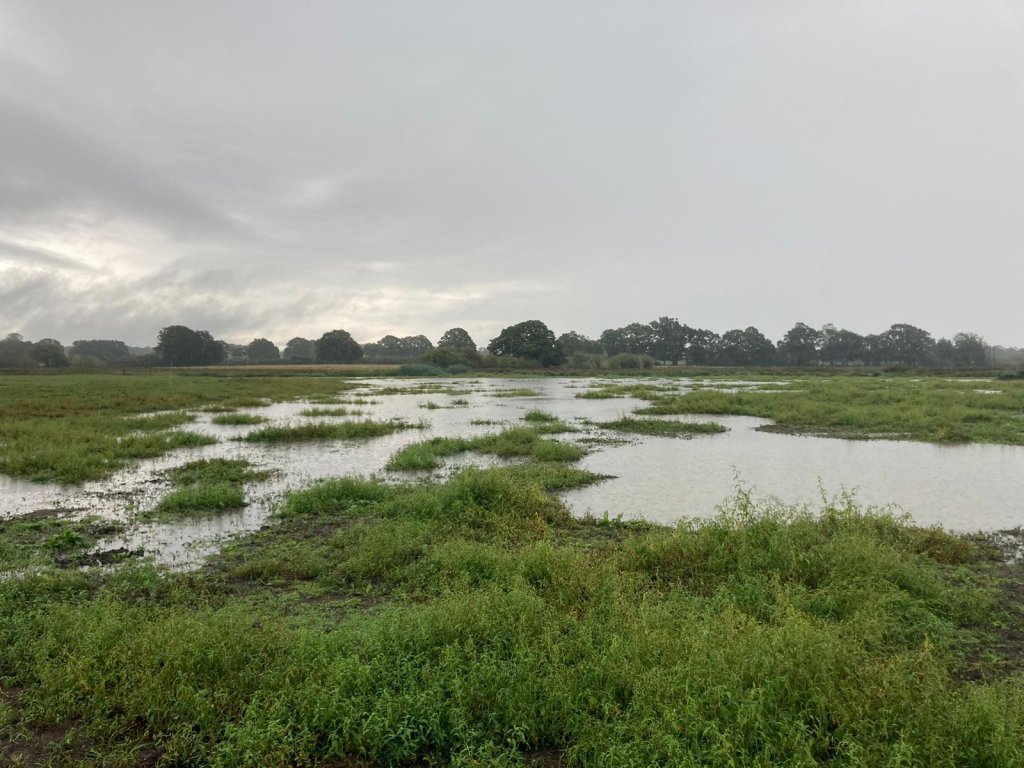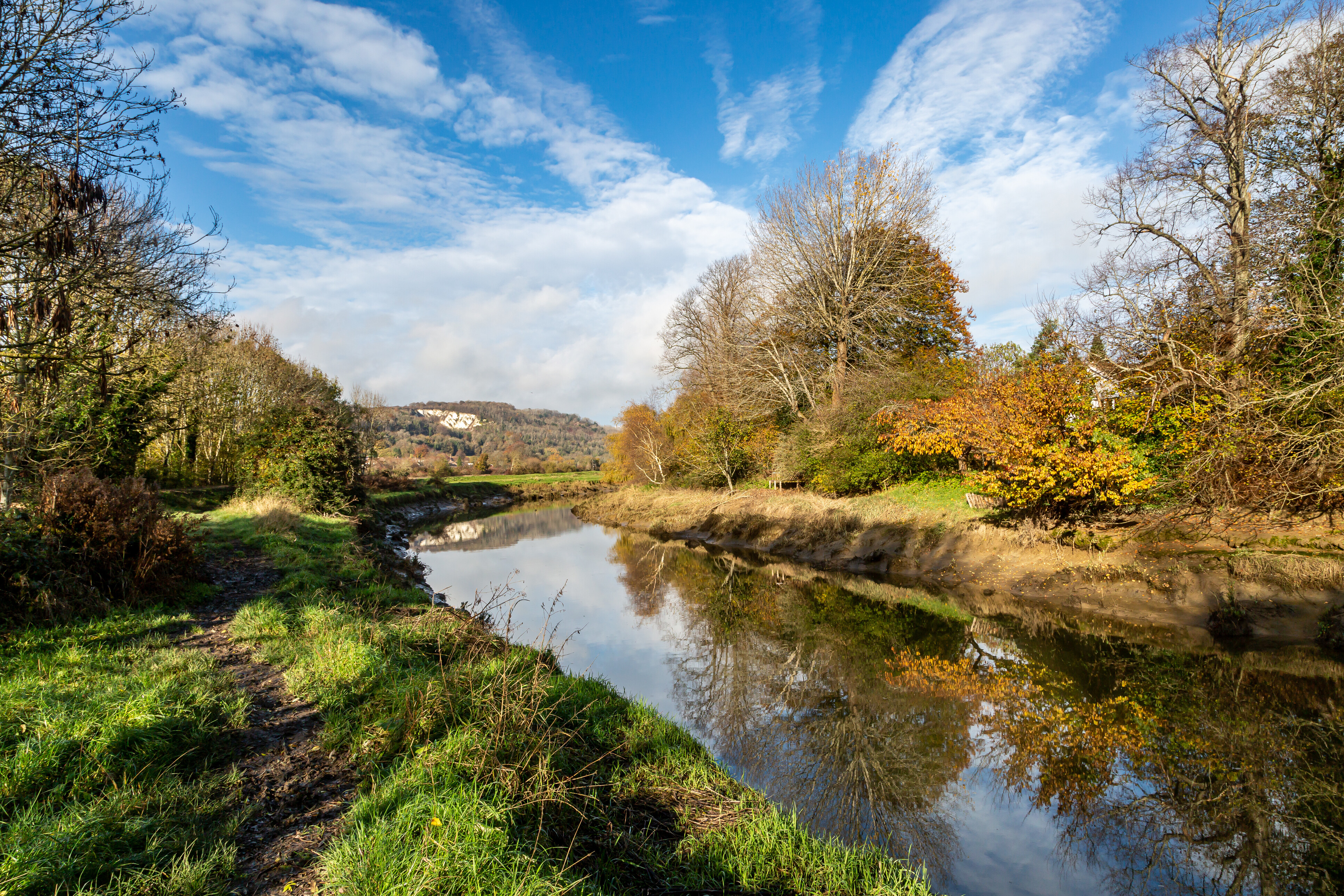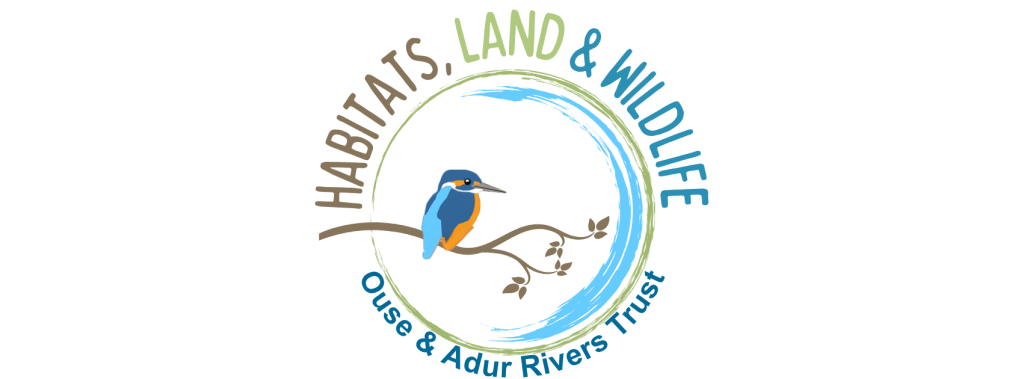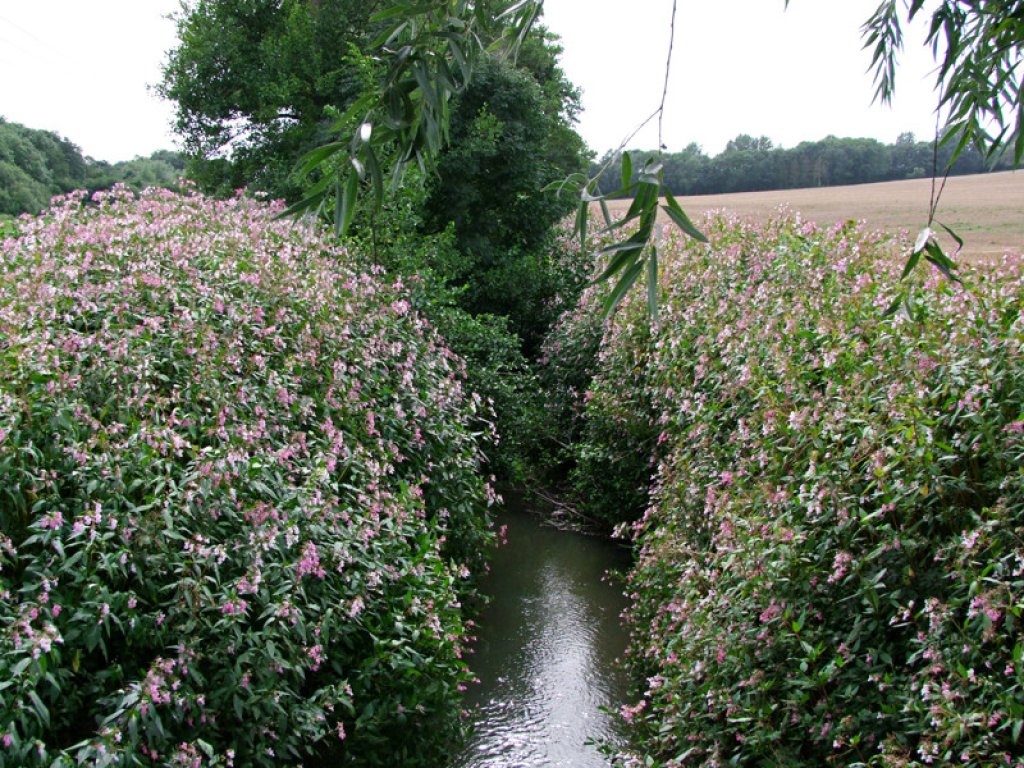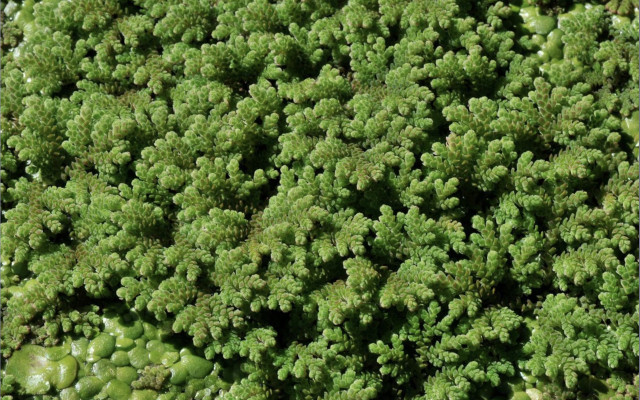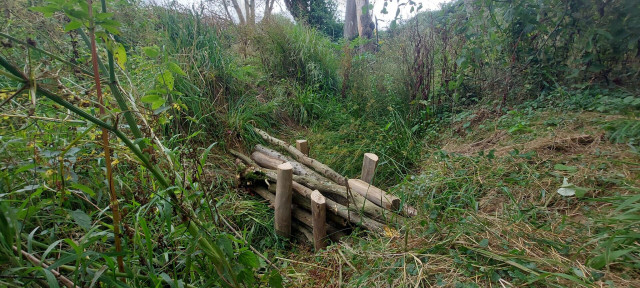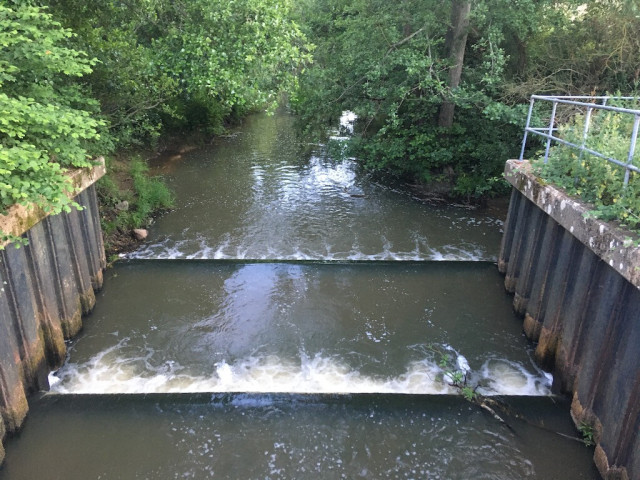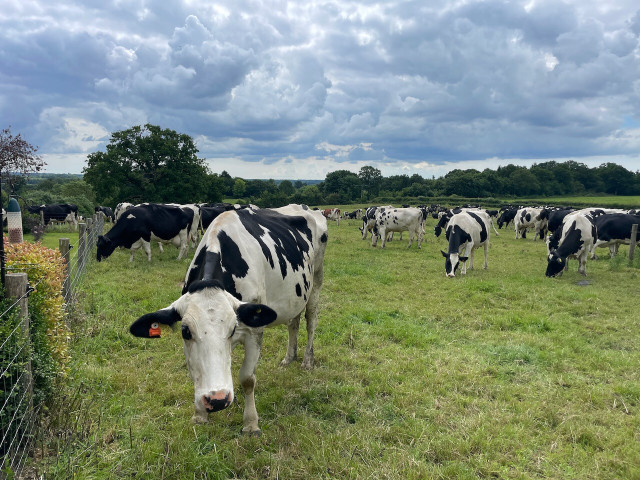To restore our rivers to good health we need to look beyond the river itself and work across the surrounding landscape. We strongly believe in collaborating with farmers, landowners, and partner organizations to create a network of high quality wetlands, control Invasive Non-Native Species (INNS), re-wiggle river channels, and establish buffer strips. We do not believe that it is a choice between health environments or food production, but that sensitive and appropriate landscape enhancements can deliver both.
Our Aims
Raising the profile of a wider landscape approach to healthy water environments will be delivered through engagement with all stakeholders across the catchment. We will undertake surveys and use existing data to provide relevant and appropriate support and advice to landowners and farmers seeking to balance food production and ecological health.
We are committed to finding solutions to the climate and ecological crises affecting our water environments in a way which works for those who manage the land for agriculture. Our experience has shown that these two critical components of our landscape (farming and functional habitats) should not be considered as separate entities but as one ambition to have a thriving agricultural sector alongside high quality, and clean, rivers and wetlands. Using our knowledge of the catchment along with funding mechanisms such as Biodiversity Net Gain and Environmental Stewardships we will offer options which consider a catchment-based approach to enhancing the landscape along with the economic requirements of those whose passion and livelihoods are entwined with agricultural productivity.
Our Priorities
Offering advice to landowners and managers relating to river health, water use, and habitat creation.
Provide consultancy services for river condition and Biodiversity Net Gain (BNG) assessments and management plans, for rivers and wetlands.
Adding value in the delivery of Local Nature Recovery Strategies, supporting those aiming to deliver “30 by 30”.
Expand the impact of the Ouse INNS project, ensuring catchment biosecurity measures are adopted by all user groups.
Create 50ha of wetland habitats across the catchment area.
